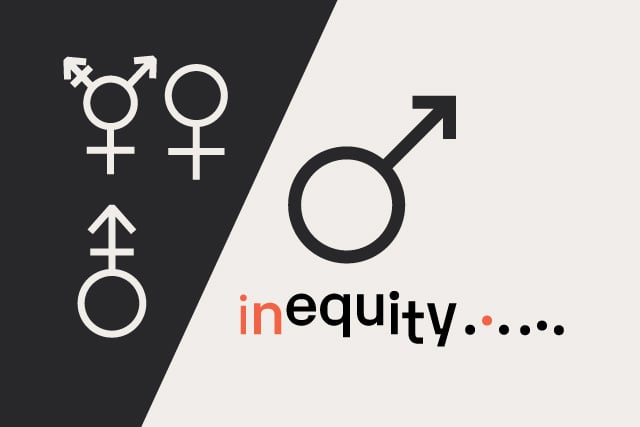Incremental Site Redesign: Your Website Is a City, Not a Car
Dennis Kardys Head of Design & Development#Design Advice

We offer some valuable tips for maintaining your site and performing incremental improvements that will allow you to get the most value as it evolves over time.
It can be easy to think of the responsibilities of managing a website as being similar to owning a car or a home. Obviously, the longer you put off routine maintenance, the more things will slip into disrepair. And as overdue but much-needed work starts to pile up, so does the cost.
Following this model, if you diligently maintain things, your site/home/car will have a long life. But more common is a slow and gradual deterioration over time. The bulk of effort goes into plugging leaks and performing only critical maintenance, until finally it’s out with old, and in with the new, and you buy a new car, move to a new home, or redesign your website. It’s painful cycle, but (at least for websites) it doesn’t need to be.
Stop Treating Your Website Like a Car
A complex website is actually more like a city than a car. Cities are constantly evolving. Buildings are torn down and replaced. Streets are repaved. New highways are built. Some neighborhoods stay the same for long periods of time while others seem to change overnight. City infrastructures demand regular maintenance but also eventual improvements.
Websites, like cities, are also in constant flux. And yet, somehow cities manage to exist for centuries without requiring a “full redesign.” So what’s up with that? Unless your CMS implementation is more complex than a major metropolis, you shouldn’t need a total overhaul every couple years. So, here are a few tips to break out of a cycle of gradual decline and embrace a more incremental approach to improving your website over time:
Tips for Incremental Improvement
- Always be building. When’s the last time you visited a city and didn’t see roads or buildings under construction? You can’t neglect your website for months (or years) and expect it to survive over time.
- Conduct regular audits. Regularly audit your content, your interface, and your code. Tear down content that is redundant, outdated, or trivial. Standardize interface elements to reduce visual inconsistency. Prune your code to eliminate old and unused chunks or branches of code.
- Create and enforce regulations. Cities have codes that give architects and designers rules and regulations for how they are permitted to build. It’s not just some free for all where anyone with a hammer and nails can build whatever their clients demand. Develop standards and guidelines for your website as well. These may take the shape of style guides, editorial guidelines, pattern libraries, and code conventions. Once you have these in place, plan to continually revisit and evolve them.
- Create healthy feedback loops. All your effort and investment will work against you if you don’t have data to back up decision making. Use analytics to help you identify patterns of traffic and provide indication of where you might need to direct investment in improvement. Test and retest everything you build, collecting user feedback to help steer the design. All of this will help you identify what can be improved and how.
- Involve experts. Cities are not built in a board room, and neither should your website be. Although things like politics and tight budgets may be unavoidable, cities that thrive grow through the involvement of countless architects, engineers, designers, urban planners, construction teams, and involved community members. If you aspire to have a scalable and sustainable website, it would be naive to presume you can do so without the involvement of professionals with deep expertise in things like information architecture, content strategy, user experience, design, development, writing, and marketing.
Sustainable Websites: Ever Changing and Always Evolving
Because code is such a malleable medium to build with, and because content creation can be distributed across large teams, there is a tremendous opportunity for websites to not just grow, but also to improve over time. By embracing the tips above and thinking of your website as a city-like, ever-changing entity, you can unlock new ways to approach the idea of redesigning your site. You’ll find that there a lot of ways you can deconstruct and reconstruct parts of your site independently, but in ways that ultimately converge as a whole. Remember, your website was not built in a day!
Image credit: created using vector designed by Freepik
Related Posts

Breaking AI Paralysis: How Organizations Can Start Small and See Value Fast
Too many orgs stall on AI, fearing risk or chasing perfection. Here’s how to move fast, start small, and create real value — safely.

Establishing Equitable Management Practices
It's International Women's Day and Dennis Kardys shares some things we’ve done at Diagram to be mindful of bias and take steps to embrace diversity.
Results Matter.
We design creative digital solutions that grow your business, strengthen your brand and engage your audience. Our team blends creativity with insights, analytics and technology to deliver beauty, function, accessibility and most of all, ROI. Do you have a project you want to discuss?
Like what you read?
Subscribe to our blog "Diagram Views" for the latest trends in web design, inbound marketing and mobile strategy.
